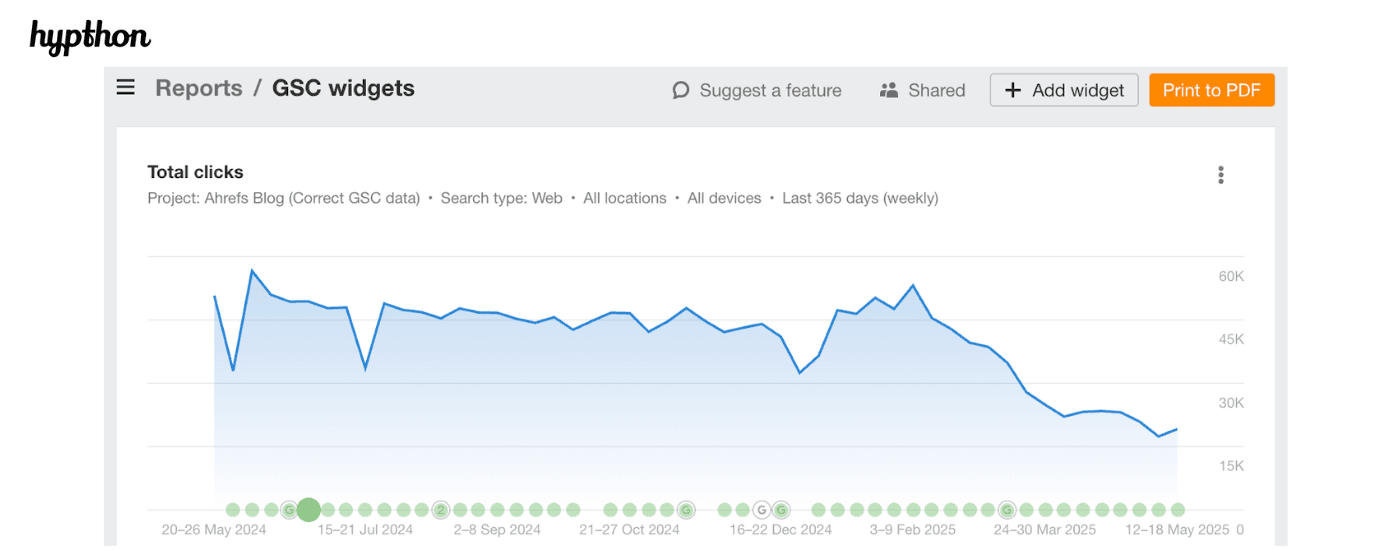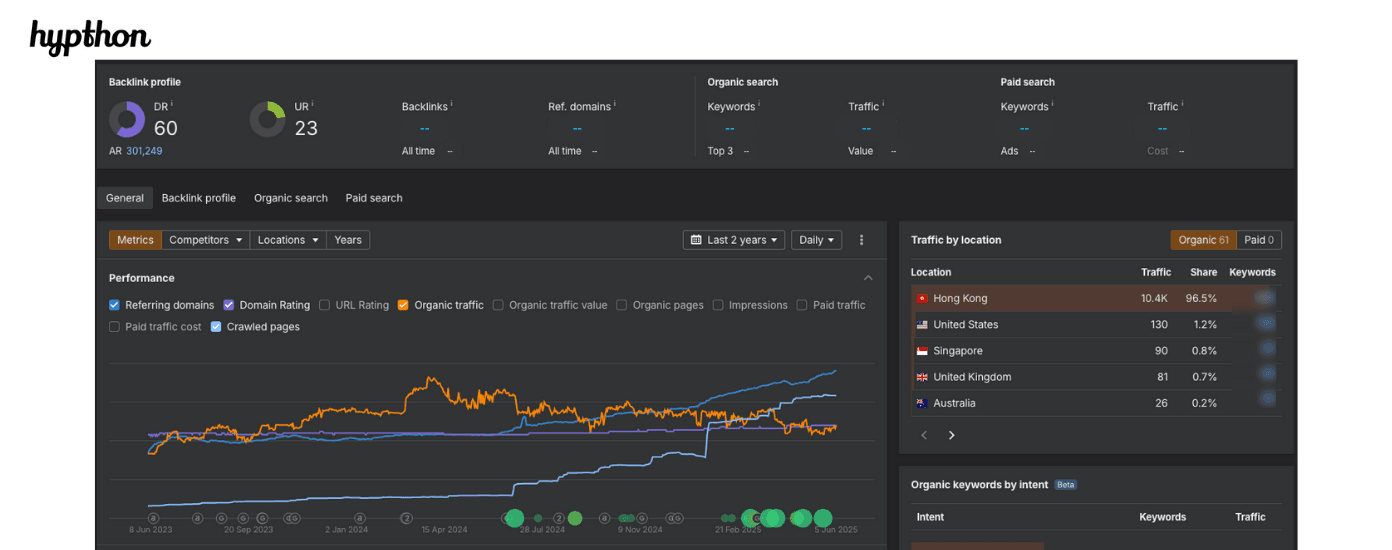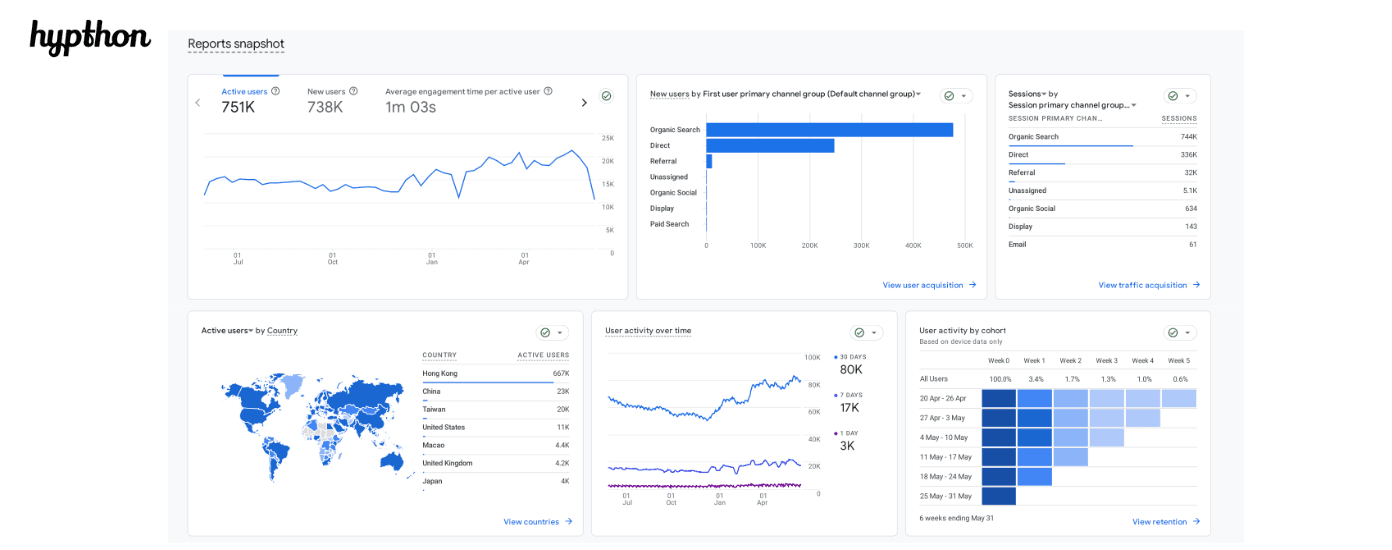
Insight Sharing
Driving Healthcare Visibility Online: A Hospital SEO and Analytics Success Story

In a healthcare landscape increasingly shaped by digital behavior, a hospital’s online presence is no longer a secondary concern—it’s a primary channel for patient engagement, discovery, and trust. Particularly in competitive regions like Hong Kong, where patients actively compare options and expect digital clarity, a robust SEO and analytics strategy is essential.
This blog outlines a comprehensive framework for healthcare providers aiming to optimize search visibility, deliver localized and multilingual content, and establish a data-informed web platform that performs consistently over time.
Building a Foundation for Search Engine Discoverability
A successful healthcare website starts with understanding one key fact: appearance alone isn’t enough. Even the most visually compelling platform will underperform if it's not discoverable. That’s why technical SEO and information architecture must be integrated from the ground up—not added as an afterthought.
We begin by aligning hospital web content with real user search intent.

Figure 1: Google Search Console Analysis
Aligning Web Content with Patient Search Behavior
Effective healthcare SEO doesn’t just target high-traffic keywords—it anticipates patient needs. By analyzing search behavior such as queries for specific specialties (“cardiologist in Hong Kong”) or services (“private maternity clinic”), content can be tailored to reflect both popular and long-tail search trends.
This approach informs how:
- Page titles, headers, and metadata are written
- Doctor profiles and department pages are structured
- Appointment systems are integrated for seamless interaction
Rather than replicating generic hospital content structures, this method ensures every page is rooted in how people actually search.
Architecting for Scalability and Crawlability
The site infrastructure was designed using:
- Clean semantic HTML
- Mobile-optimized load speeds
- Logical internal linking strategies
These elements ensure the site remains:
- Crawlable by major search engines
- Usable across devices
- Scalable as new services or departments are added
This is what makes organic discoverability sustainable—it’s embedded into the architecture.
Speaking Google’s Language with Structured Data
To further enhance search relevance, schema markup was deployed across major content types:
- Doctor profiles include structured data for name, specialty, language, and availability
- Department and procedure pages are enriched with schema to highlight operating hours and services
- FAQs are formatted for Google’s rich snippet eligibility
Alongside this, meta titles and descriptions are auto-generated based on content structure—supporting SEO consistency while reducing manual workload.

Figure 2: Off Page SEO
Extending Reach with Off-Page SEO Strategies
Beyond on-site optimizations, off-page SEO plays a vital role in strengthening domain authority. This includes:
- Collaborating with media for health news features
- Publishing event announcements
- Securing listings in reputable medical directories
These efforts build search engine trust signals and bring in qualified traffic from high-relevance external sources.
Precision Matters: Multilingual SEO in Hong Kong
Given Hong Kong’s bilingual environment, we implemented a multilingual SEO strategy supported by:
- Locale-aware routing
- Proper configuration of hreflang tags
- Fully localized content (in both Traditional Chinese and English), including metadata and keyword targeting
This not only avoids penalties for duplicate content but also ensures equitable discoverability across language markets—a critical component in patient outreach.

Figure 3: Google Analysis Console
From Insight to Action with GA4 and Google Tag Manager
Optimizing visibility is only part of the journey. To drive continuous improvement, hospitals need to track behavior and outcomes.
Using Google Tag Manager (GTM), we implemented a flexible tagging system across the site. Then, via Google Analytics 4 (GA4), we monitored:
- Form submissions and bookings
- Language toggles and session flow
- Scroll depth and page engagement
- Device-specific usage patterns
Each department now benefits from its own custom analytics dashboard, replacing guesswork with data-driven performance insights.
Ensuring Performance with Technical SEO Maintenance
Ongoing optimization is essential to keeping pace with search engine updates. Key technical components include:
- Routine script health checks
- Thoughtful canonical tag strategies
- Sitemap submissions and indexing reviews
- Regular mobile UX assessments
Together, these elements protect the platform’s performance and visibility over time.
Content as a Long-Term SEO Asset
Informational content plays a growing role in healthcare discovery. That’s why we transformed the hospital’s blog and press room into a strategic content hub. It is now structured to:
- Capture long-tail searches (e.g., “how to prepare for colonoscopy”)
- Categorize posts by condition, treatment, or seasonal campaigns
- Support event promotion and technology updates
This helps drive top-of-funnel traffic, building long-term authority and patient trust.

Figure 4: Google Business Profile
Empowering Staff Through Front-End Tools
While patient-facing features are critical, hospitals must also equip staff with internal tools that streamline communication and operational workflows.
Department-Specific Contact Display
An intuitive hospital web design and department contact system allows staff to locate and reach the correct department swiftly. This improves both internal communication and external responsiveness—especially in large or multi-campus hospital settings.
Explore more